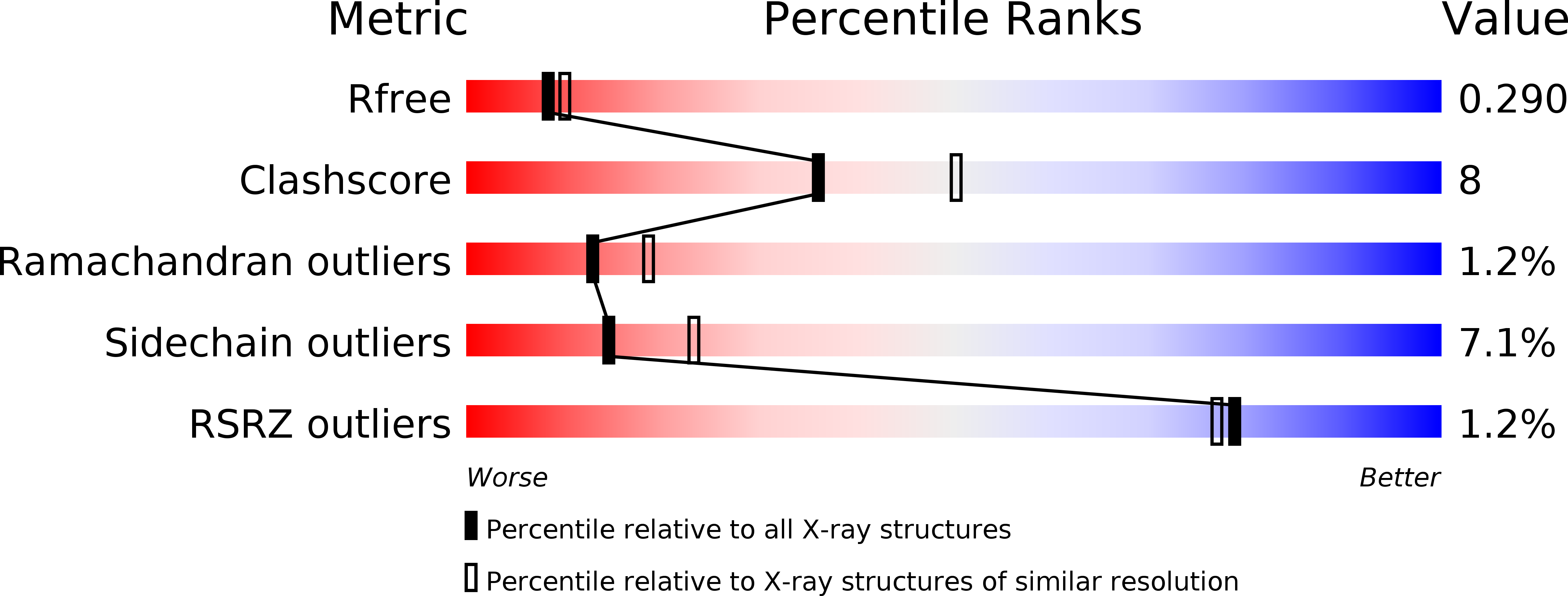
Deposition Date
2012-03-15
Release Date
2012-10-31
Last Version Date
2024-02-28
Method Details:
Experimental Method:
Resolution:
2.39 Å
R-Value Free:
0.29
R-Value Work:
0.21
R-Value Observed:
0.21
Space Group:
P 21 21 21


